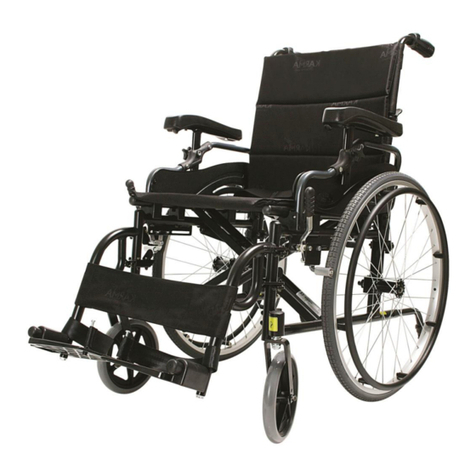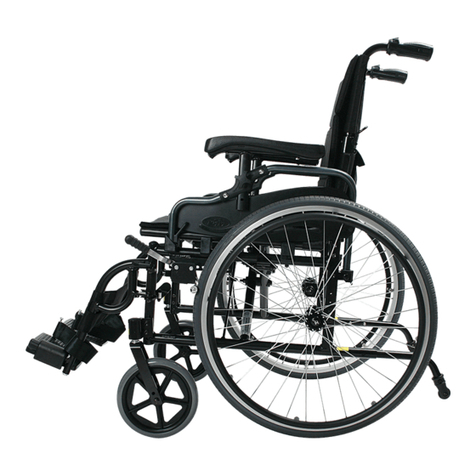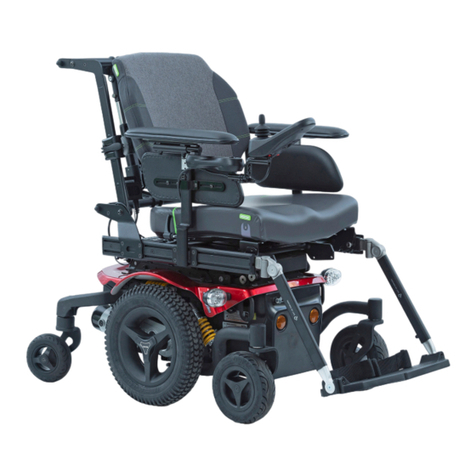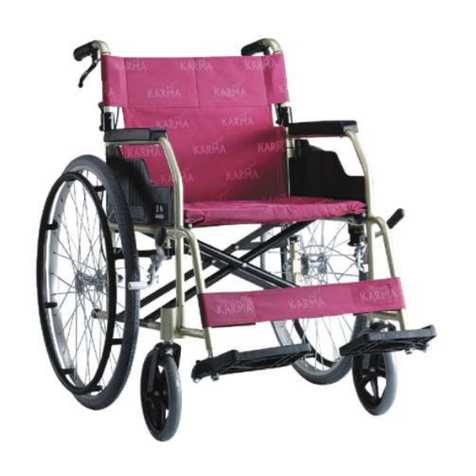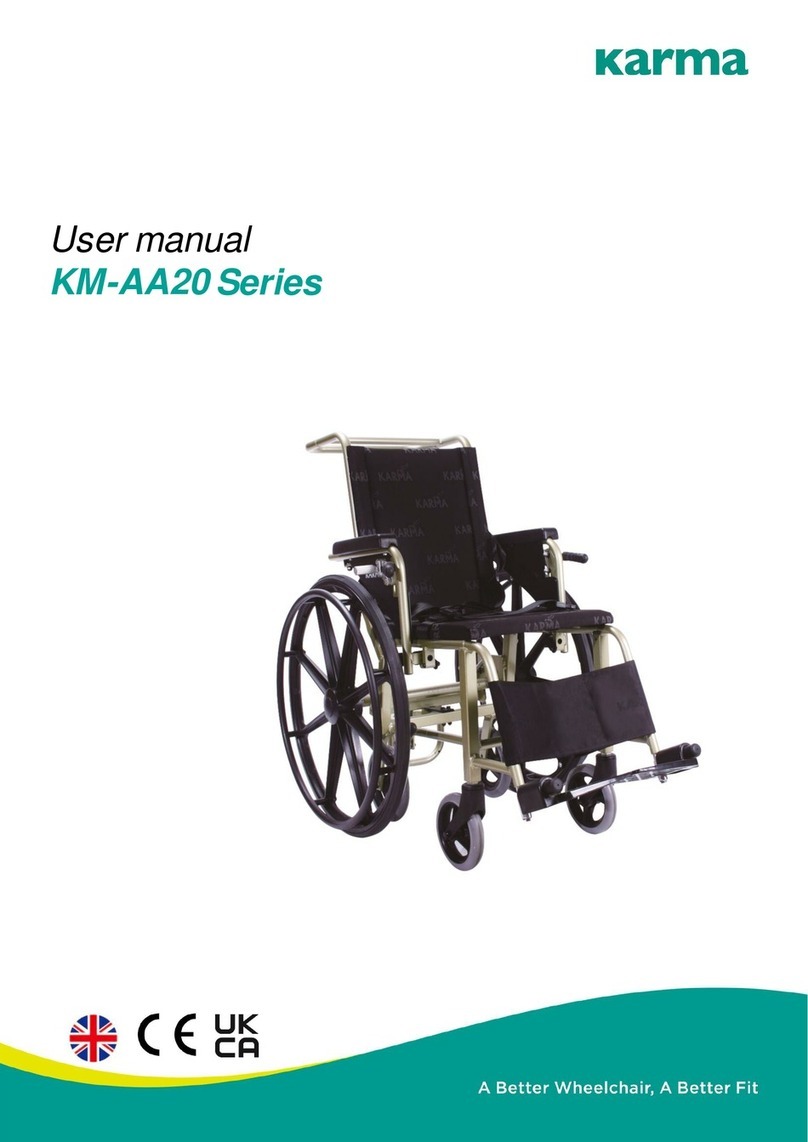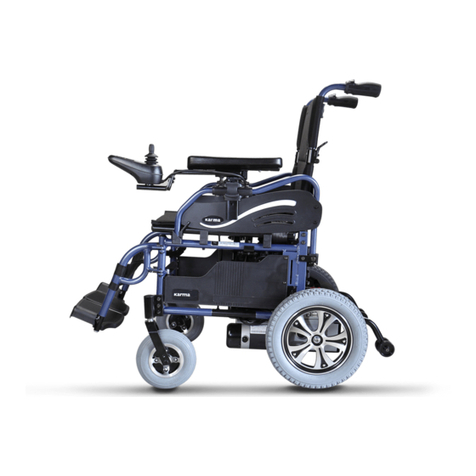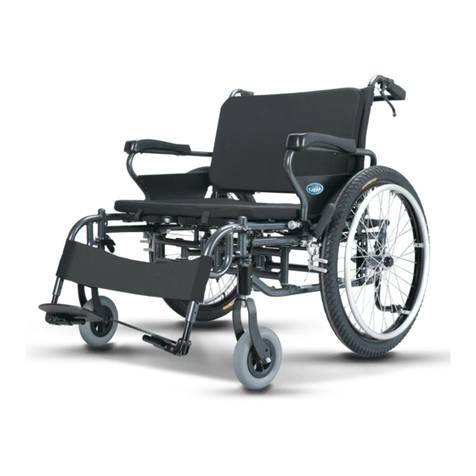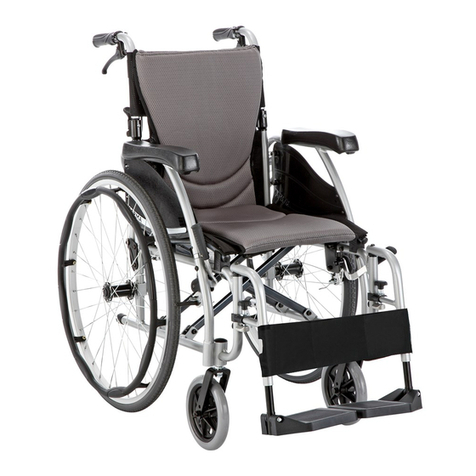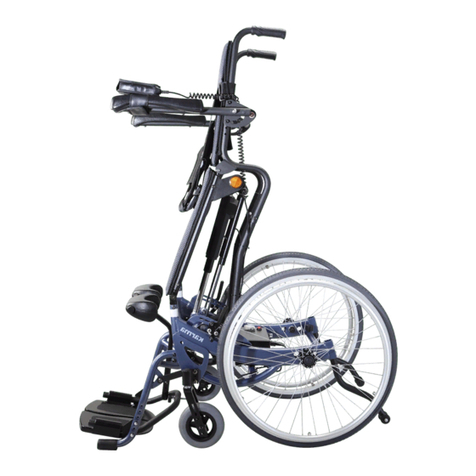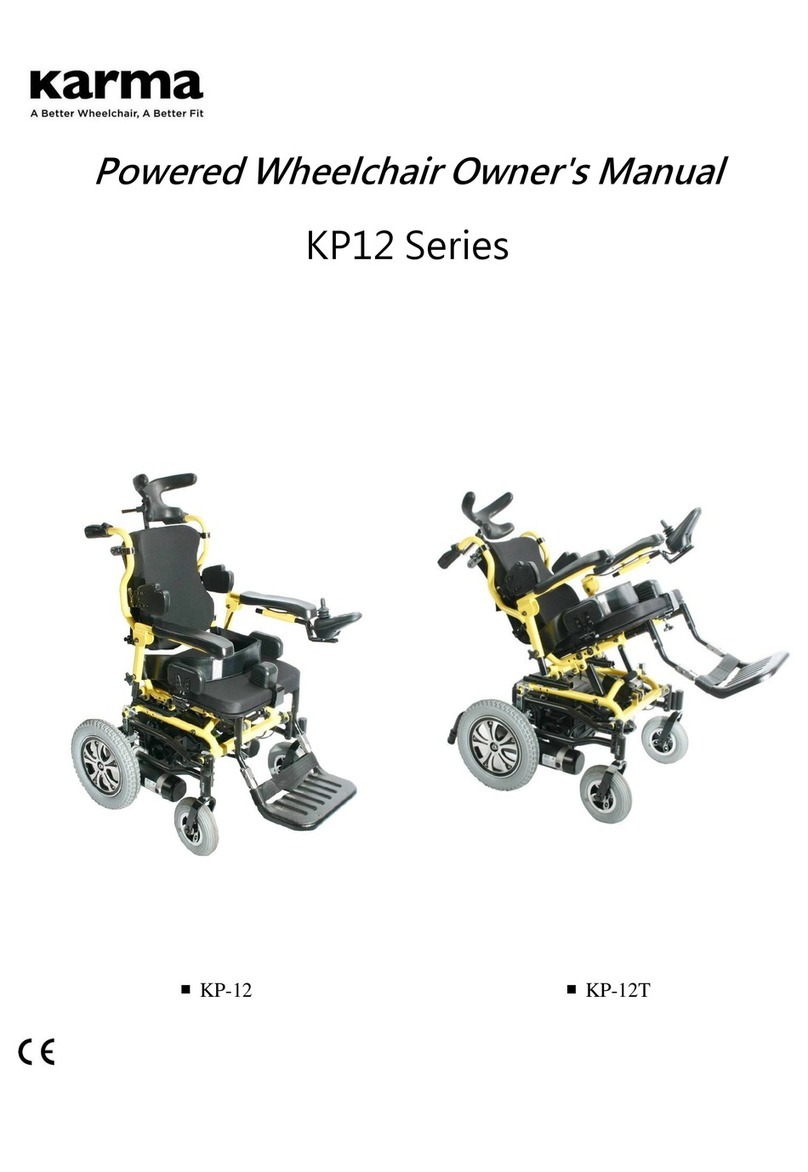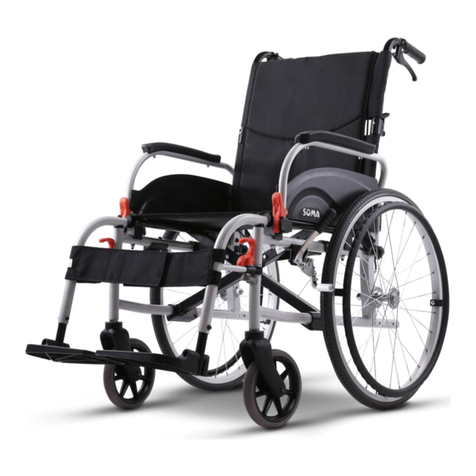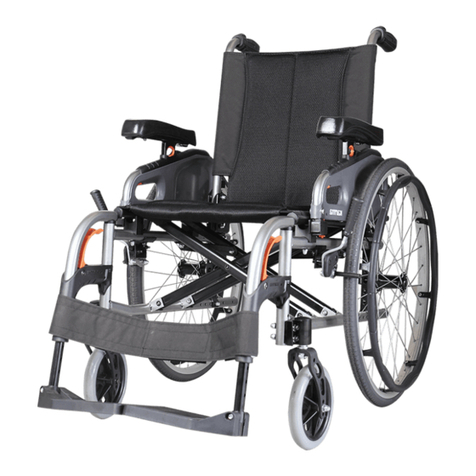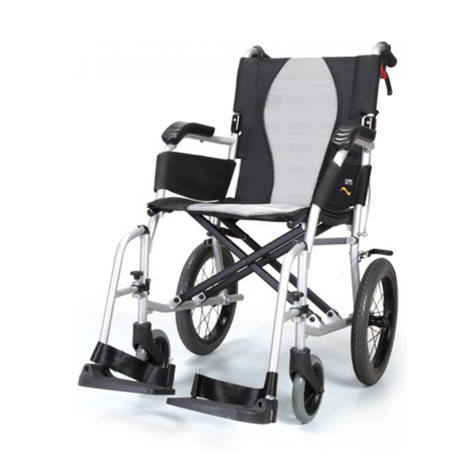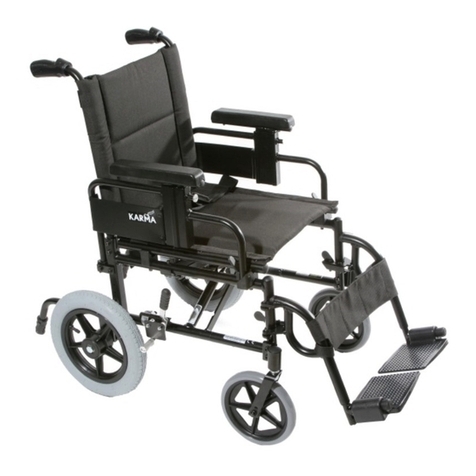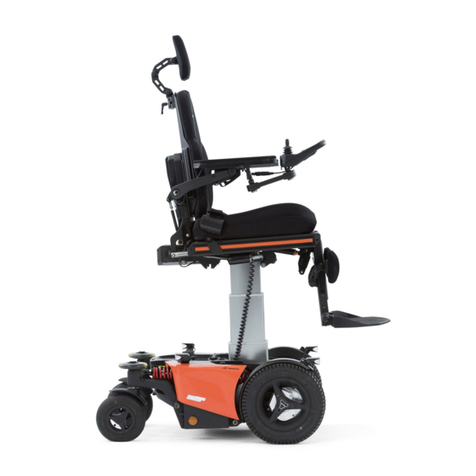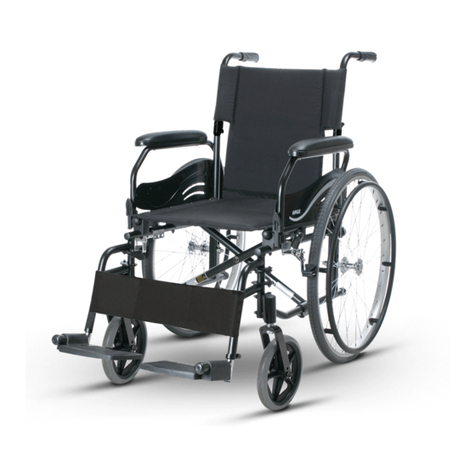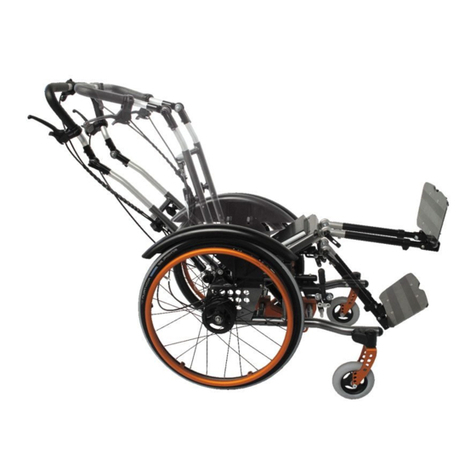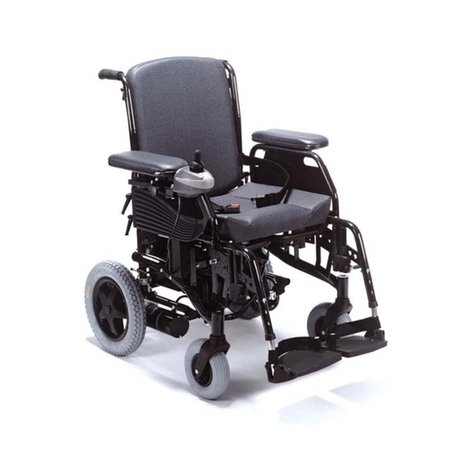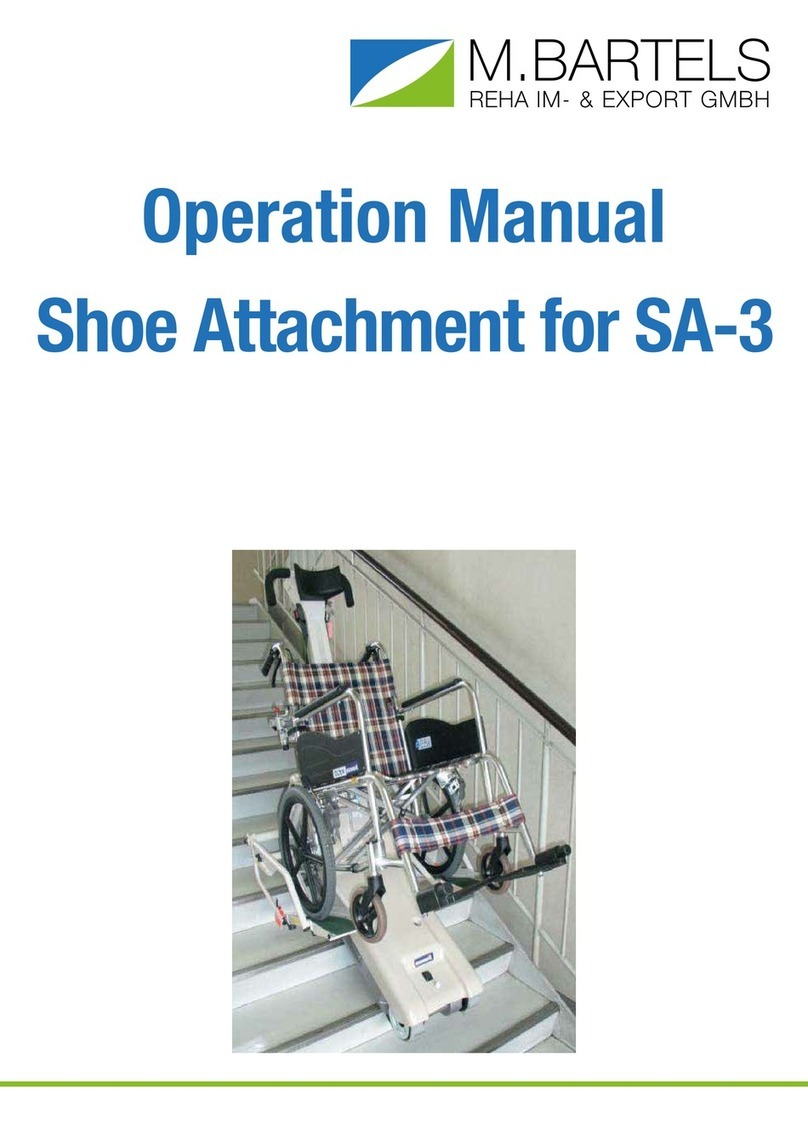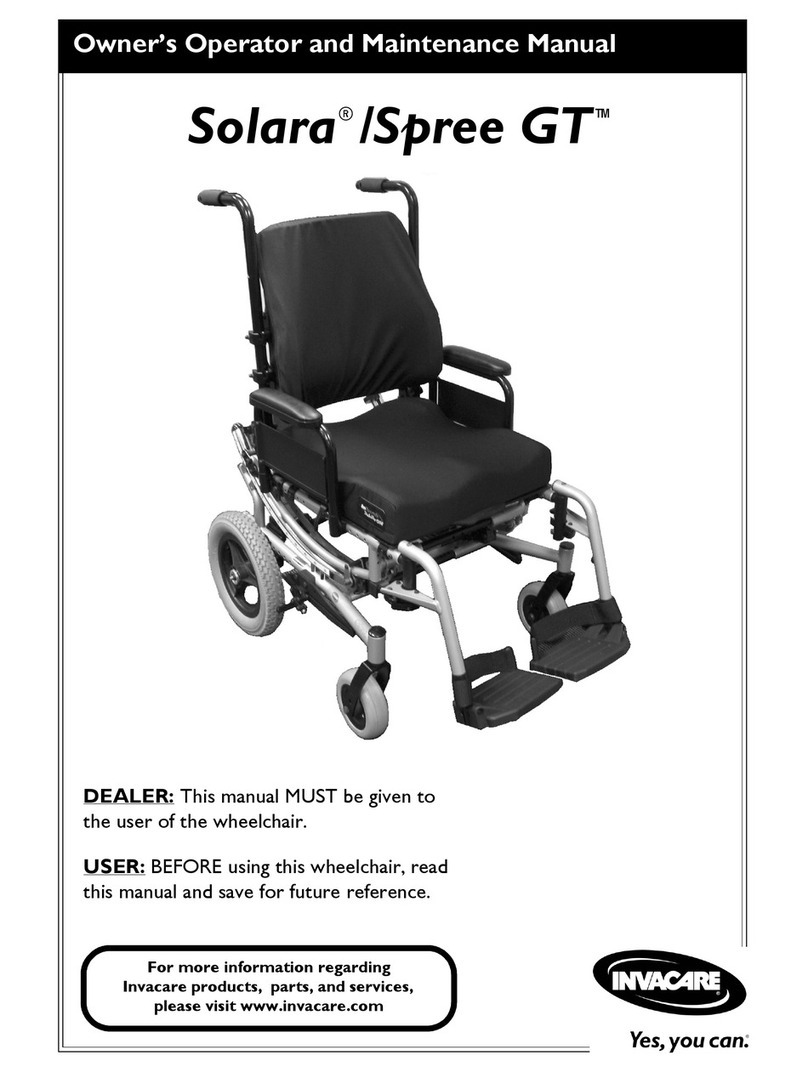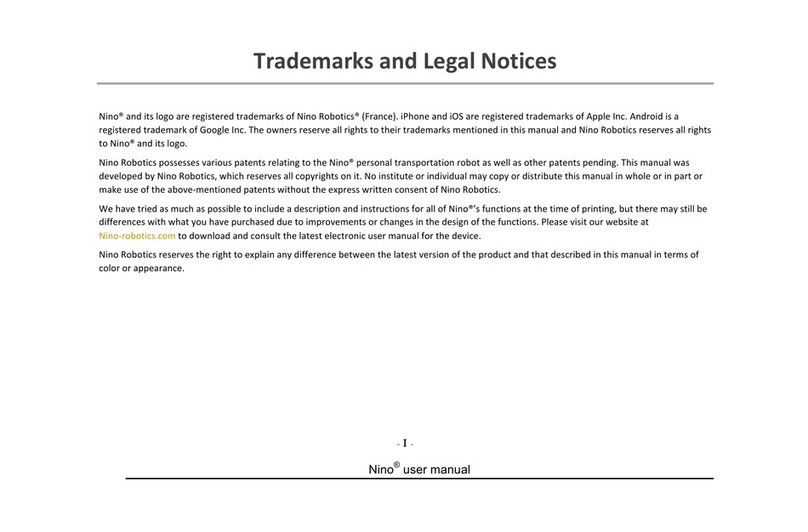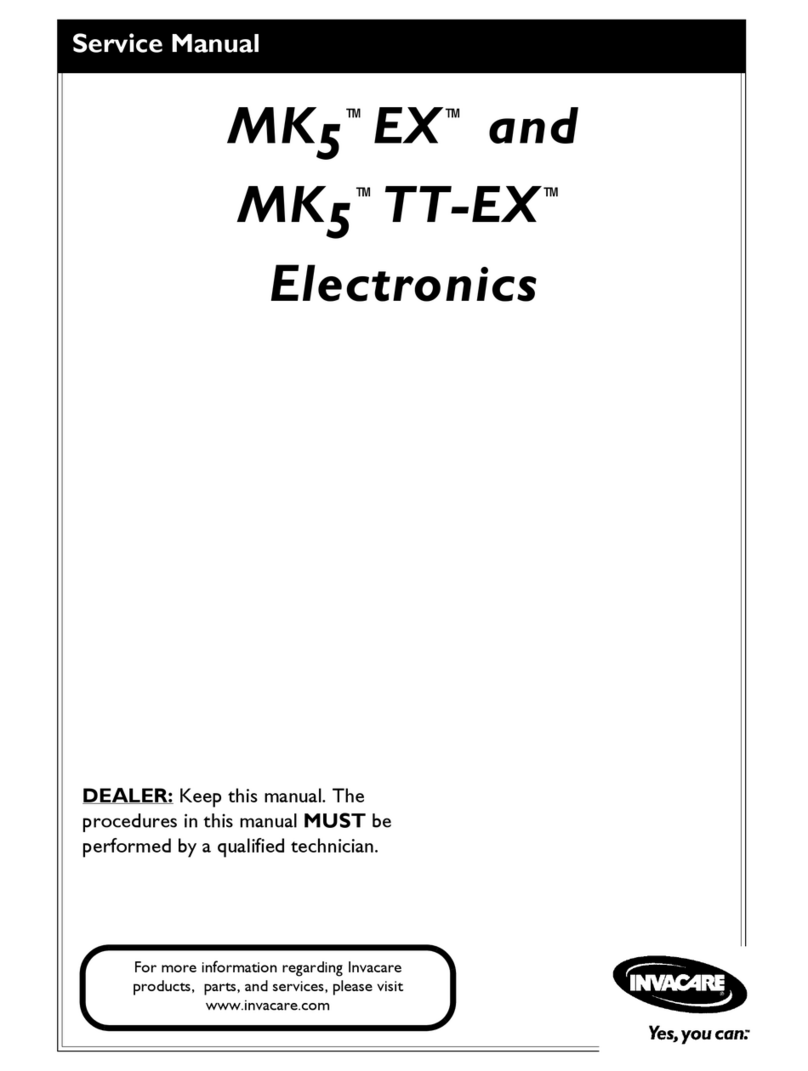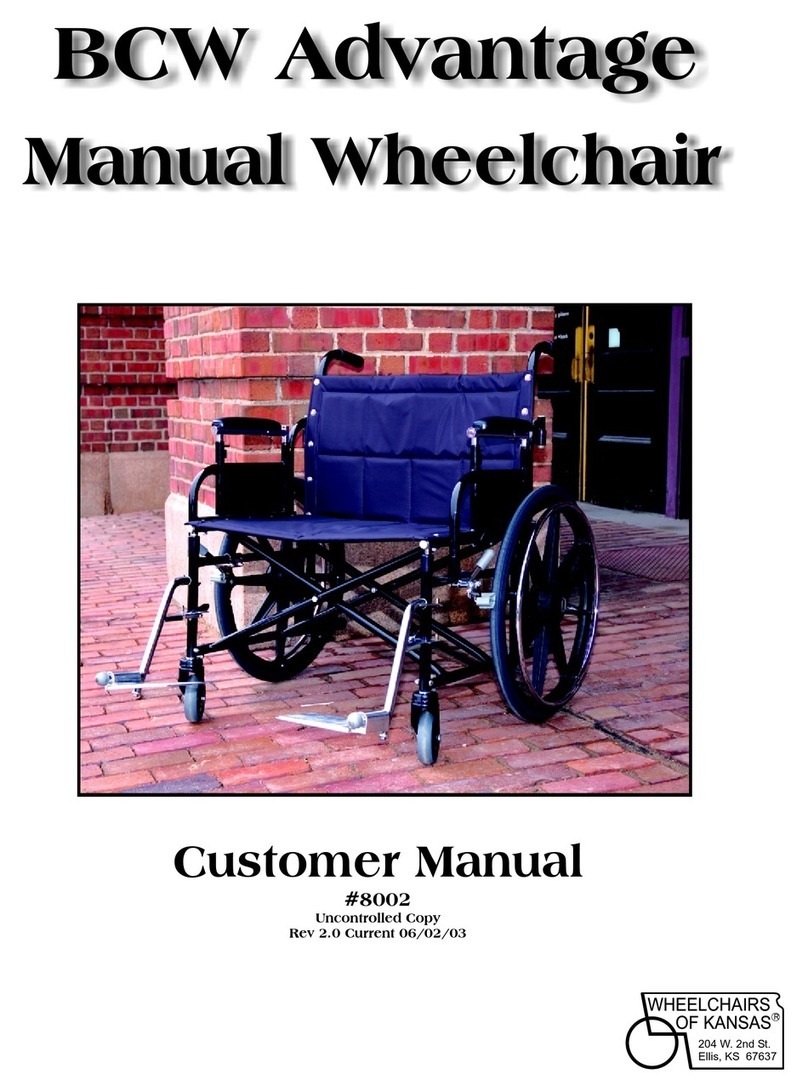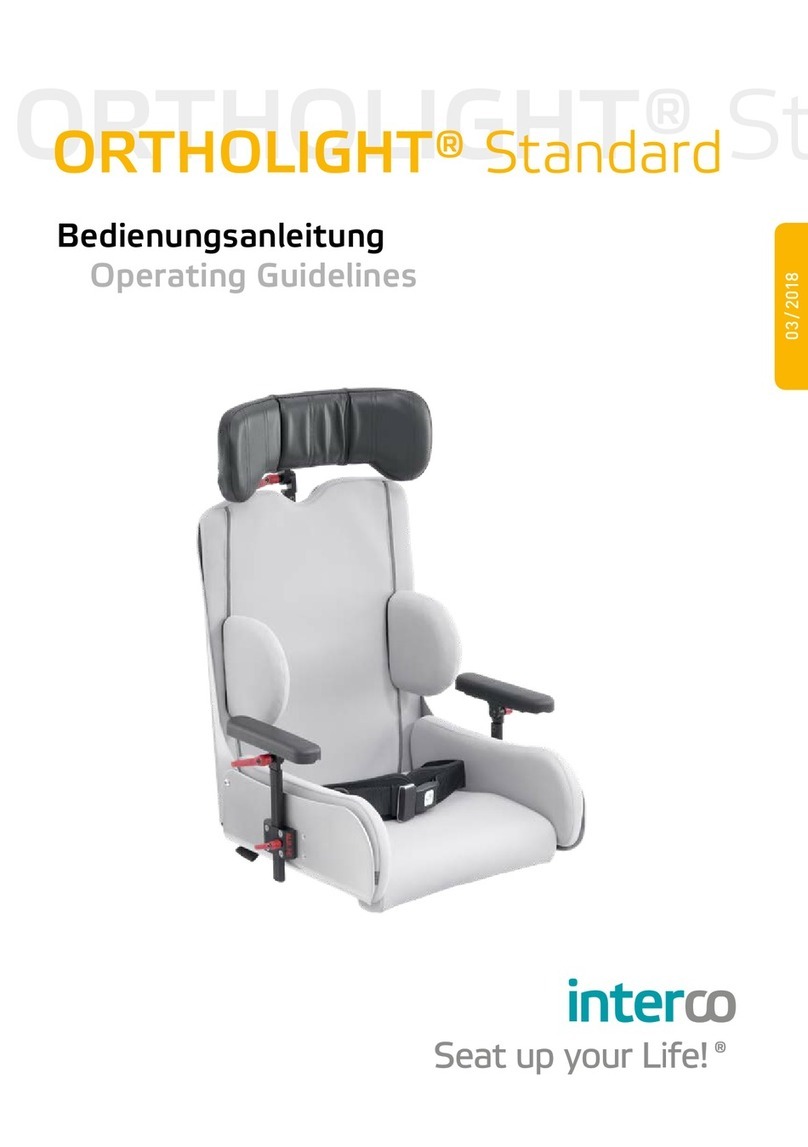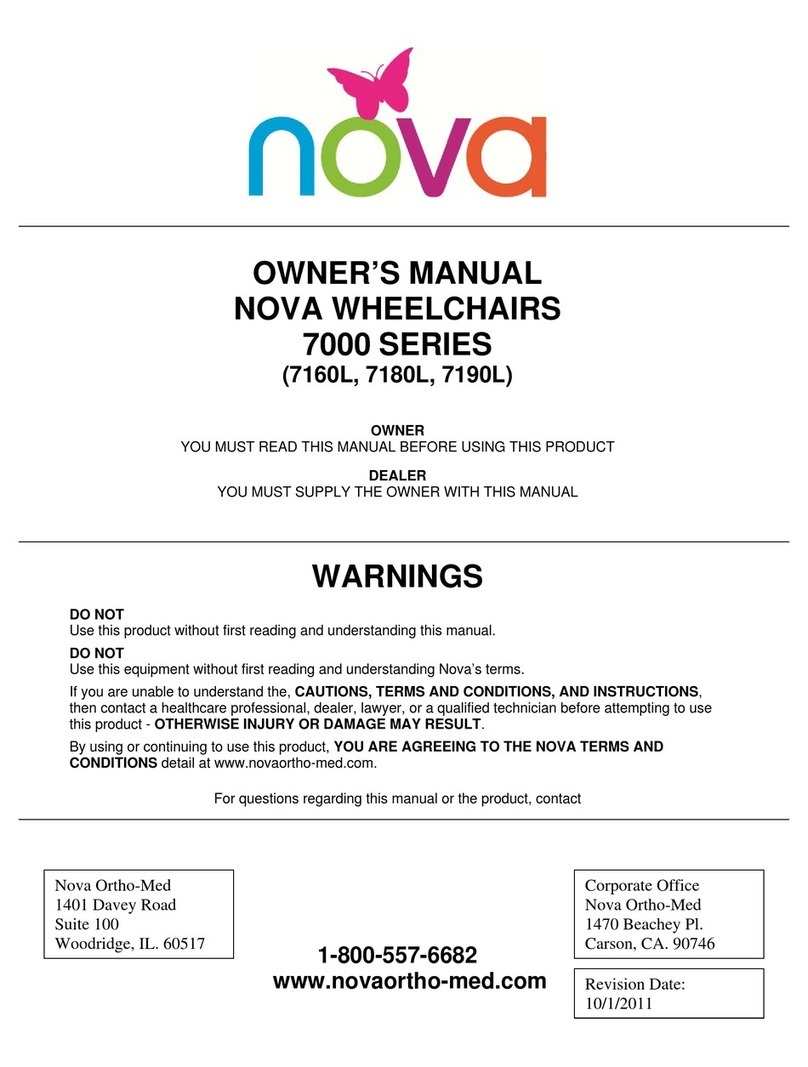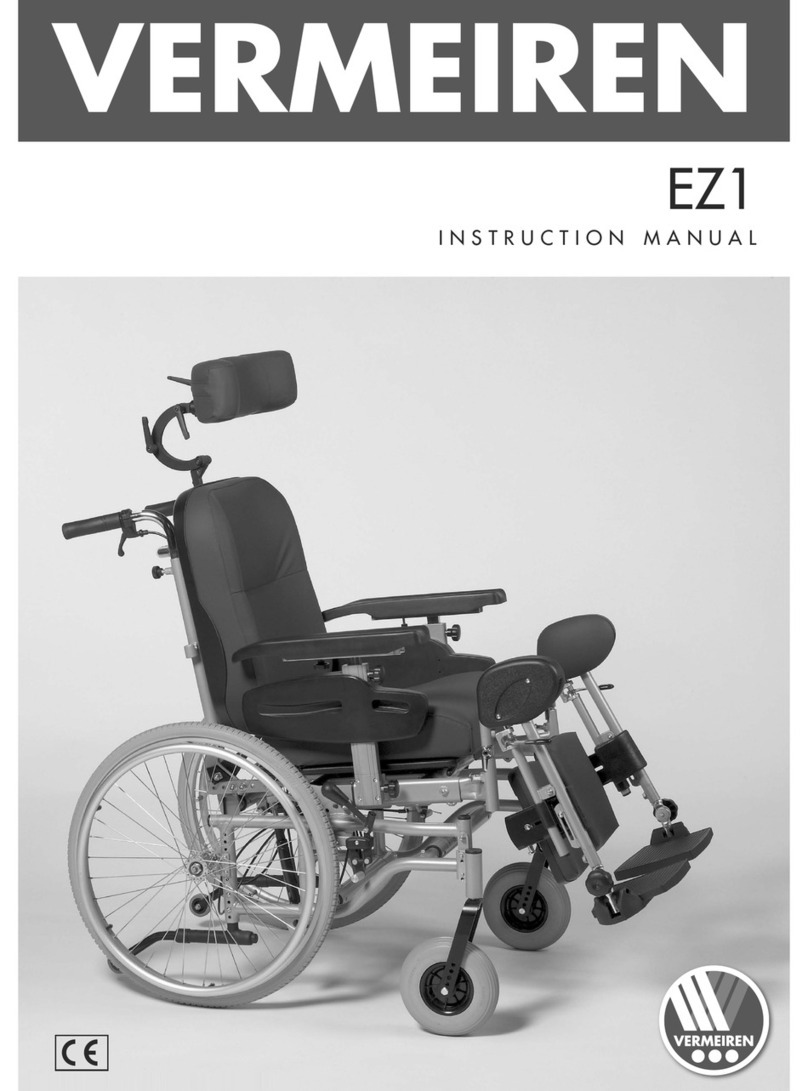TABLE OF CONTENTS
1. PREFACE....................................................................................................................... 1
2. SAFETY.......................................................................................................................... 1
2.1 Doorways.............................................................................................................. 1
2.2 Leaning .................................................................................................................. 1
2.3 Negotiating Inclines.......................................................................................... 2
2.4 Kerbs....................................................................................................................... 2
2.5 Stairs ....................................................................................................................... 2
2.6 Streets..................................................................................................................... 3
2.7 General................................................................................................................... 3
2.8 Upholstery............................................................................................................ 3
2.9 Anti-Tippers ......................................................................................................... 3
2.10 Maximum User Weight Limit ...................................................................... 4
2.11 Avoid General Misuse .................................................................................... 4
2.12 Labeling............................................................................................................... 5
3. INTENDED USE & PARTS....................................................................................... 6
3.1 Intended Use ....................................................................................................... 6
3.2 KM-9000 with 24〞Rear Wheel Parts Description................................. 7
4. OPERATION................................................................................................................ 8
4.1 Unfolding.............................................................................................................. 8
4.2 Folding................................................................................................................... 8
4.3 Getting Into Your Wheelchair ...................................................................... 9
4.4 Getting Out of Your Wheelchair................................................................... 9
4.5 Rear Wheel Disassembly................................................................................. 9
4.6 Rear Wheel Assembly.....................................................................................10
4.7 Wheel Locks.......................................................................................................11
4.8 Footrest Height Adjustment........................................................................11
4.9 Longitudinal (Forward /Backward) Position of Footplates...............12
4.10 Lateral (Sideways) Position ........................................................................13
4.11 Adjusting the Center of Gravity................................................................13
4.12 Adjusting the Seat Height..........................................................................14
4.13 Caster Angle Review.....................................................................................14
4.14 Backrest Height..............................................................................................15
4.15 Backrest Angle Adjustment .......................................................................16
4.16 Flip Back and Height Adjustable Armrest.............................................16
4.17 Upholstery........................................................................................................17


